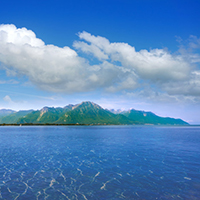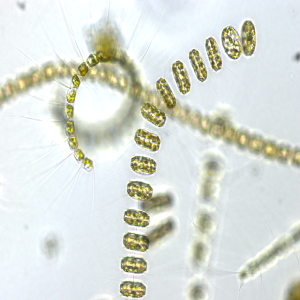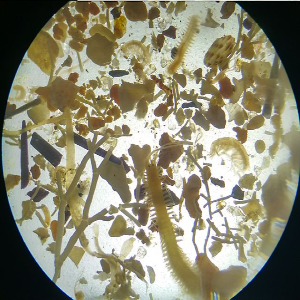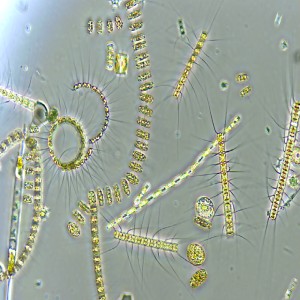Exploring archaeal and bacterial diversity and co-occurrence in Lake Geneva
Lake microbial statistical interactions

Accepted: 18 August 2020
Supplementary: 149
HTML: 0
All claims expressed in this article are solely those of the authors and do not necessarily represent those of their affiliated organizations, or those of the publisher, the editors and the reviewers. Any product that may be evaluated in this article or claim that may be made by its manufacturer is not guaranteed or endorsed by the publisher.
The diversity and relationships between Archaea and Bacteria remain poorly examined in lakes. Using universal primers targeting 16S rRNA gene via Hiseq sequencing, we explored archaeal and bacterial diversity, structure and relationships in the largest natural deep lake in Western Europe, i.e. Lake Geneva. Despite being less diverse than bacteria, archaea dominant OTUs assigned to the phylum Thaumarchaeota and Nanoarchaeota displayed significant links with a variety of nitrifying bacteria and other bacteria as suggested by co-occurrence networks and function profil predictions. We propose that archaeal OTUs were most likely involved in nitrogen and methanogen cycles and formed a nitrogen and methanogen consortium with other bacteria in deep layers of the lake. These probable syntrophic or mutualistic associations suggest that dominant archaeal OTUs share with some bacteria a similar niche for mutual benefits.
PAGEPress has chosen to apply the Creative Commons Attribution NonCommercial 4.0 International License (CC BY-NC 4.0) to all manuscripts to be published.






